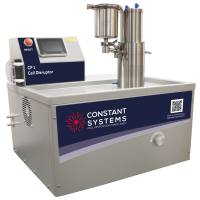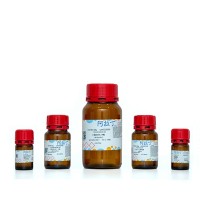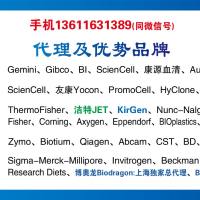Mammalian Expression Systems and Transfection Techniques
互联网
658
To delineate the function of a single ion channel subtype amongst the multitude that normally constitutes a signalling pathway,
it is often insightful to study the function or signalling of that one ion channel in the absence of the others. Mammalian
cell lines that do not normally express the gene of interest can be manipulated to do so via plasmid DNA expression vectors.
However, large and highly charged molecules like DNA cannot passively diffuse through cell membranes. Therefore introducing
nucleic acid into mammalian cells may involve introducing pores transiently into the cell membrane to allow the passage of
circular plasmid DNA. This is relatively easily carried out using cationic lipids that form liposomes around the DNA and fuse
with the cell membrane to introduce the DNA inside the cell. Alternatively, a highly successful mechanism for introduction
of DNA involves utilizing viral vectors. These take advantage of the molecular mechanisms that viruses have evolved to efficiently
transport their genome inside cells. Lipid-based transfection techniques and adenoviral delivery of plasmids encoding large
genes (such as ion channel genes) for expression in mammalian cells are the focus of this chapter.









